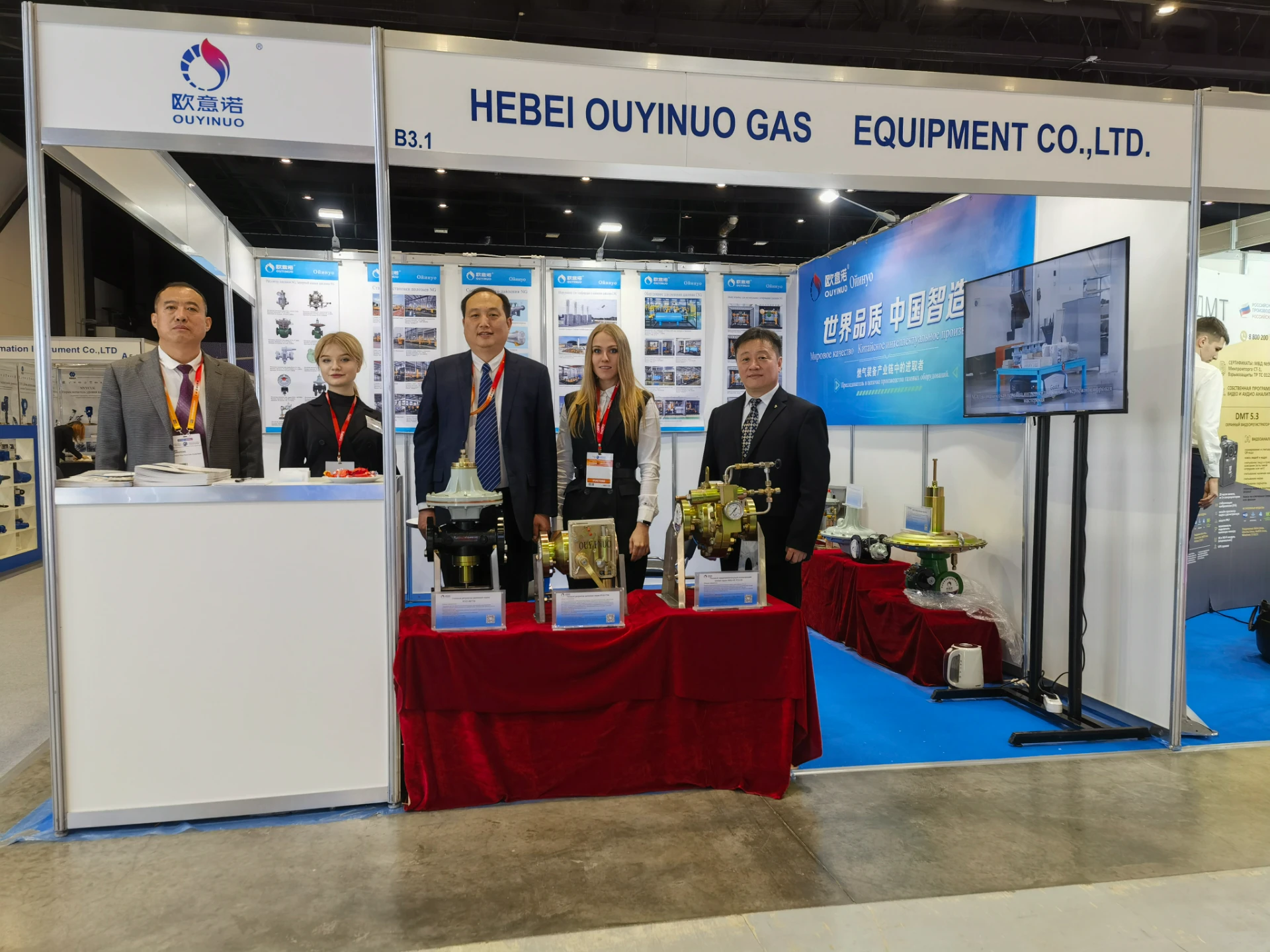
Dec . 04, 2024 16:30
Back to list
Safety Vent Valve Mechanism and Its Importance in System Protection
Understanding the Importance of Pressure Relief Valves
In various industrial sectors, ensuring safety and efficiency is paramount. Among the key components that contribute to operational safety is the pressure relief valve (PRV). Particularly in systems where fluids or gases are stored under pressure, the significance of a pressure relief valve cannot be overstated. It acts as a critical safety device designed to protect equipment and personnel from the dangers associated with excessive pressure.
What is a Pressure Relief Valve?
A pressure relief valve is a mechanical device that automatically releases excess pressure from a system to prevent potential catastrophic failure. It is typically installed in pressure vessels, piping systems, and boilers to maintain safe operational pressure levels. When the pressure within the system exceeds a pre-set limit, the PRV opens, allowing a controlled release of the fluid or gas. Once the pressure falls back to a safe level, the valve closes, resuming normal operation.
Why is it Essential?
1. Safety Assurance The primary purpose of a pressure relief valve is to prevent disasters. Without this protective component, systems at risk of overpressure could fail, leading to explosions, structural damages, and potentially fatal accidents. By ensuring that excess pressure is managed, PRVs play an essential role in safeguarding lives and property.
2. Equipment Protection Beyond personal safety, these valves protect machinery and infrastructure from damage. Overpressure can lead to mechanical failures, costly repairs, and prolonged downtime. A PRV acts as a buffer, maintaining the integrity of critical equipment and ensuring continuous operation.
.
Types of Pressure Relief Valves
صمام تنفيس الأمان

There are several types of pressure relief valves, each suited for different applications and operating conditions
1. Spring-Loaded Valves These are the most common type, utilizing a spring mechanism to hold the valve closed until the system pressure exceeds the set point.
2. Pneumatic and Hydraulic Valves These valves use pressure from the fluid or gas itself, allowing for quicker response times and increased reliability in certain systems.
3. Balanced-Bellows Valves Ideal for corrosive environments or high-temperature applications, these valves utilize bellows to equalize pressure and prevent leakage.
Each type has unique advantages, and selecting the appropriate valve involves considering factors like the media being handled, the operational environment, and the specific pressure requirements.
Maintenance and Inspection
To ensure optimal performance, regular maintenance and inspection of pressure relief valves are crucial. Over time, components can become worn or corroded, leading to failure when needed most. Routine checks, testing, and replacements according to manufacturer guidelines can significantly enhance reliability. Moreover, personnel should be trained on the importance of these valves and how to monitor their functionality.
Conclusion
Pressure relief valves are an indispensable component of any pressurized system, playing a vital role in protecting both people and equipment. Their proper selection, maintenance, and operation are essential for ensuring safety and compliance within various industrial processes. As industries continue to evolve, the importance of these valves remains a key element to prevent incidents and promote a culture of safety in the workplace. Emphasizing their role and function will contribute to more robust safety protocols and reliable operations in the harsh environments of industrial settings.
Latest news
-
Safety Valve Spring-Loaded Design Overpressure ProtectionNewsJul.25,2025
-
Precision Voltage Regulator AC5 Accuracy Grade PerformanceNewsJul.25,2025
-
Natural Gas Pressure Regulating Skid Industrial Pipeline ApplicationsNewsJul.25,2025
-
Natural Gas Filter Stainless Steel Mesh Element DesignNewsJul.25,2025
-
Gas Pressure Regulator Valve Direct-Acting Spring-Loaded DesignNewsJul.25,2025
-
Decompression Equipment Multi-Stage Heat Exchange System DesignNewsJul.25,2025

